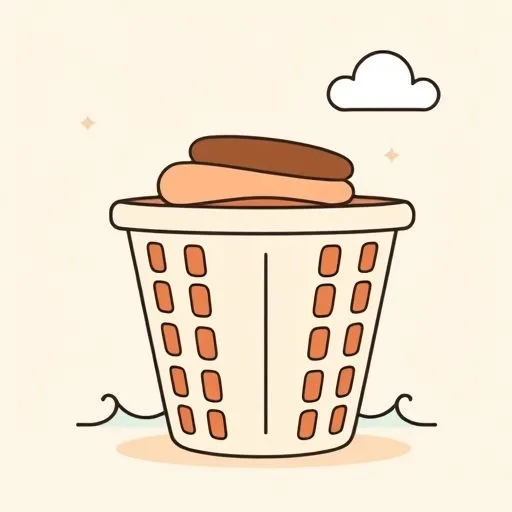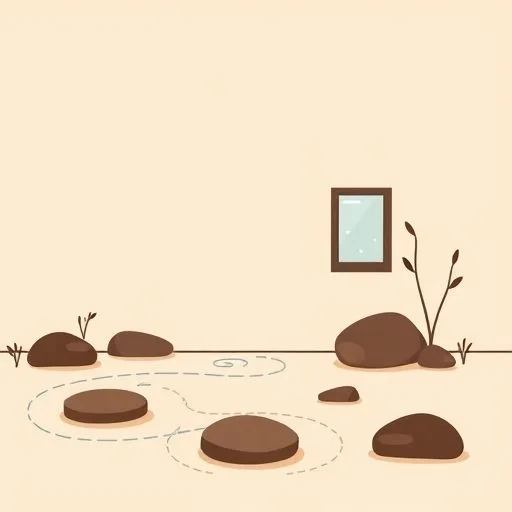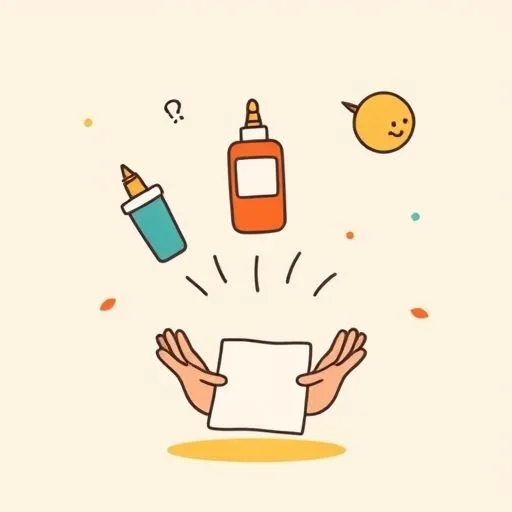
We’ve all seen it—that moment when she pauses, hands hovering over the day’s unfinished tasks, as worry starts to sneak in. But then, she breathes, folds the laundry just so, and carries on. It’s that quiet strength we’ve watched her use to navigate the storm tides of our shared life. Over time, I’ve learned worry isn’t to be feared but observed, that most worries are what-ifs clinging to the future, not anchors of the present. And what if we treated worry like a friend needing gentle guidance instead of a foe?
The Weight of What-Ifs

We’ve all felt it—the way worry carries yesterday’s weight into tomorrow’s uncertainty. The ‘what ifs’ about the kids’ health, the complexities of the passing week, the ‘what ifs’ about work.
Like a river over stones, they wear away our peace of mind. But then, I remember watching her practice that moment of pause. The way she’d gently set down her phone, turn to the window, and say, ‘They’re safe today, exactly where we are.’
It’s how we learn: worry isn’t about solving problems. It’s often about the mind’s itch to find problems in the unexplored, a habit of looking for the future’s shadow rather than the present’s light. So, observe: ‘Is this worry real, or just my mind wanting something to grasp onto?’
Stepping Into the Present Moment

Here’s what we’ve all learned: worry isn’t preparation. It’s the illusion of control. I’ve noticed how she’d empty the dishwasher with that kind of focus, the way she details each task when the kids’ chatter fills the room.
You know what I mean? It’s like when you’re sweeping the floor—your mind just focuses on that simple motion. It’s not about sitting cross-legged in silence—it’s about folding yourself into the present moment. The practical tip: find a simple task. Sweep the floor. Stir the coffee. Watch the steam rise.
It’s training the brain to say, ‘This is real. My hands are here. Now, I’m safe.’
When the Mind Spins, Rebuild a Better Story

Anxiety is sly—it urges us to spin worst-case scenarios. But here’s what we’ve tried: in the same way a child tells a story at bedtime, we can rebuild the narrative. When the mind spins a dark tale of failure, we ask, ‘What’s the best possible outcome?’
It’s a subtle shift. Like a child collecting seashells, turning over each one until the next bright wave catches their eye. A dad’s trick: jot down the worry. Then, next to it, write the opposite. Not ‘I’ll lose my job’ but ‘I’m prepared for the meeting ahead.’
Because worry isn’t about truth—it’s about choosing which story we tell ourselves as a family.
The Permission to Let Go of Optional Worries

Here’s a truth we’ve all stumbled upon: 90% of worries are optional. We create them. Own them. Then, we forget to let them go. Like the time our kids’ school project was past due, and we’d convinced ourselves—they’ll fail.
But then, she did something that changed everything. She took a breath, and in that moment said, ‘Or, we could just help them finish the glue and let it go.’ The worry didn’t disappear. But she made space for it. She gave the worry permission to pass.
And isn’t that the key? Cut yourself slack. Cut her slack. Let the worry rest, knowing most worries are energy we’ve borrowed, not debts we must repay.
Worries, Her Hands, and Our Shared Grip

In the end, it’s about watching those hands. The hands that stir the soup, the ones that hold the steering wheel tight, and the ones that fold the laundry late at night when the worries whisper.
We’ve learned that worry isn’t our enemy. It’s the mind’s way of saying, ‘I care.’ But it doesn’t have to be the master. We’ve watched her quiet that strength—the way she’ll reach out for help, the way she calls a friend when the weight feels too much.
It’s the same strength we all have. Because sometimes, the most powerful antidote to anxiety is simply to hold hands with someone who’s walked the path before you—and say, ‘We’ve got this—together, one breath at a time.’
